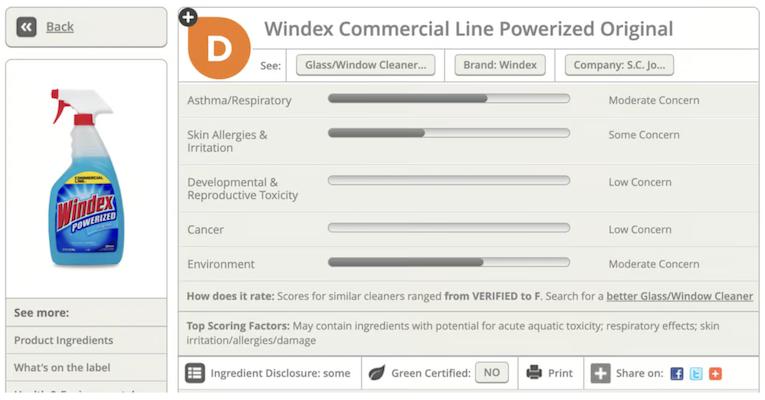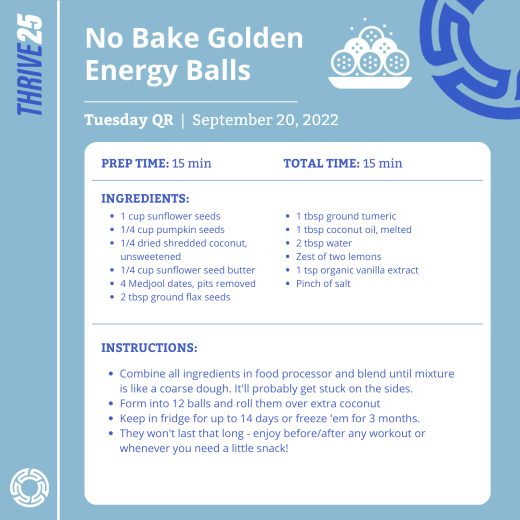Issue #26: What's that Smell?
Good morning. It’s Tuesday, September 20th. Big day in history - 503 years ago (1519) Ferdinand Magellan set sail to become the first to circumnavigate the globe, in 1904 the Wright Brothers flew a circle in their Flyer II, and in 1973 Billie Jean King beat Bobby Riggs in the battle-of-sexes tennis match.
For us we're still talking about our home...
“The strength of a nation derives from the integrity of the home.”
The year asbestos was banned (and a pretty cool year - Max's sister was born). FYI - houses built between 1930 and 1950 may have asbestos as insulation. And asbestos may be present in textured paint and in patching compounds used on wall and ceiling joints. So test out those fixer-uppers!
What's That Smell?
Yesterday (Issue #25), we covered the basics of cleaning our indoor air. What can we do to keep these chemicals out of our home in the first place?
2800 BC - the first recorded date of soap. The Babylonians used a mix of ash and oil to wash wool clothes. Since then, soap and cleaning products have miraculously evolved with science (i.e., germ theory) to save billions of lives - preventing entire societies from falling victim to dangerous bacteria and pathogens.
But something happened in the early-to-mid 20th century. The scarcity of more natural products and the innovation of synthetic chemicals led to significant change in how we cleaned our homes and bodies.
Companies like Lysol sold cleaning products that could also be used for contraception and DuPont, which initially made explosives, led the charge to put unregulated chemicals into products we use in our homes everyday.
Today there are more than 80,000 chemicals being added to our products and only 9 are banned in the U.S. (1,000+ in the E.U.).*
Just take a whiff of what it’s like walking down the cleaning aisle in the grocery store - literally makes my eyes water.
Anything that has a distinct chemical smell (cleaning products, air fresheners, sprays) is probably bad for you - yes, even that new car smell.
*Changes have happened since 2016, including California banning more chemicals. Also, the chemical industry claims only 8,000+ chemicals are actually in active commerce. The stats may vary, but the trend is the same lots of unknown and unreported chemicals all around us.
Tough to Breathe
These products contain words like “Caution”, “Warning”, or “Danger” yet we use them in our poorly ventilated home everyday. Even self-identified germaphobes acknowledge the need to ventilate spaces or wear a mask when using these products. Why?
These products have been shown to hurt our lung capacity (Mayo Clinic), disrupt our hormones, and potentially cause cancer (American Lung Association).
Look - we need clean our home. In light of what’s happened in the past 3 years, it’s imperative that we protect ourselves from imminent viral and bacterial threats.
But, we can do that without the long-term effects of using these harsh chemicals.
So what can we do:
1. Check your current cleaning supplies against the EWG database
They’ve scored more than 2,500 products and will give you an A - F grade for what you’re using today and suggest safer alternatives.
2. Make your own cleaning products
Most of the time you just need baking soda, white vinegar, and maybe some “clean” liquid dish soap. Download the EWG Cleaning Guide for more info.
3. Not into “make your own”? (me neither) - we recommend Branch Basics*
It’s a single product to wash clothes, countertops, bathrooms, and glass/windows.
*Thrive25 is NOT an affiliate with Branch Basics - this recommendation comes from personal experience using the product in our home
Quick Win: If you’re really worried about pathogens growing in your kitchen - don’t keep sponges around forever. A recent study found that one square centimeter of the kitchen sponge has as much bacteria as our poop.
Replace it often, or use a stainless steel or silicon alternative - for a more sustainable alternative, try this coconut scrubber (can’t speak to its effectiveness - haven’t tried it).
Speed Read
Health & Longevity in the News
What are We Doing?: Alight released the 2022 international workforce and wellbeing mindset report. The survey of 10,000 employees in the U.S., U.K., and Europe found 73% reported high or moderate stress and only 33% of the respondents said their employer cared about their wellbeing.
Your Circadian Rhythm, Your Mental Health: A meta-study of peer-reviewed literature by UCI found the most prevalent mental health disorders shared one attribute, circadian rhythm disruption. The focus of the study was on autism, ADHD and bipolar disorder - but it's believed the hypothesis can be generalized to other mental health issues. Check out Issues #6-10 on SLEEP for ways to improve your circadian rhythm.
5 + 8 = Baby Asleep?: Japanese researchers have figured out how to put that crying infant to sleep. Walk for 5 minutes, then sit quietly for 8 minutes (+ transfer to the crib). Yeah, and they tested this on 21 mothers (just missing the 13 for Fibonacci bingo*). Not convinced? Well given the baby care products industry will be $88B in 2026 - we’ll buy or try anything. So why not give this a go, at least it’s free.
Tuesday QR (Quick Recipe)
Made these multiple times - they are my Go-To post-workout snack. Fills up your hunger and, according to Dr. Fitzgerald, is packed with DNA methylation superfoods!
Tuesday Bucket List
Almost made it a few times, but haven't been able to actually take the trip to Bohdi Surf & Yoga in Costa Rica.
A B-Corp resort/retreat on the beach, in the jungle with great food, awesome surf, and relaxing yoga - what's not to love??
Thanks for joining us today! We're looking forward to tomorrow - no seriously, we're looking forward to tomorrow since Max is making the trip down from Chicago to Tampa for us to finally be working together in the same room. See you bright & early!
Check out the latest workout videos on our YouTube channel
Got feedback? Tell us what you think at team@thrive25.com
Want this direct to your inbox? Sign up here
Why Thrive25
We’re 40-something dads that felt our bodies and minds start to slow down and we’re not ready for that. We found too much information on every subject. So we started Thrive25 to transform what we’ve learned into something useful for the rest of us to spend just 3-5 min a day to optimize our health & longevity.
This newsletter is for you and we truly value your feedback. Never hesitate to reach out to us at team@thrive25.com.
To health!
Sign up for free:
The information in this newsletter is for informational purposes only and may not be appropriate or applicable based on your individual circumstances. Thrive25 Labs LLC does not provide medical, professional, or licensed advice. Please connect with your healthcare professional for medical advice specific to your health needs.










